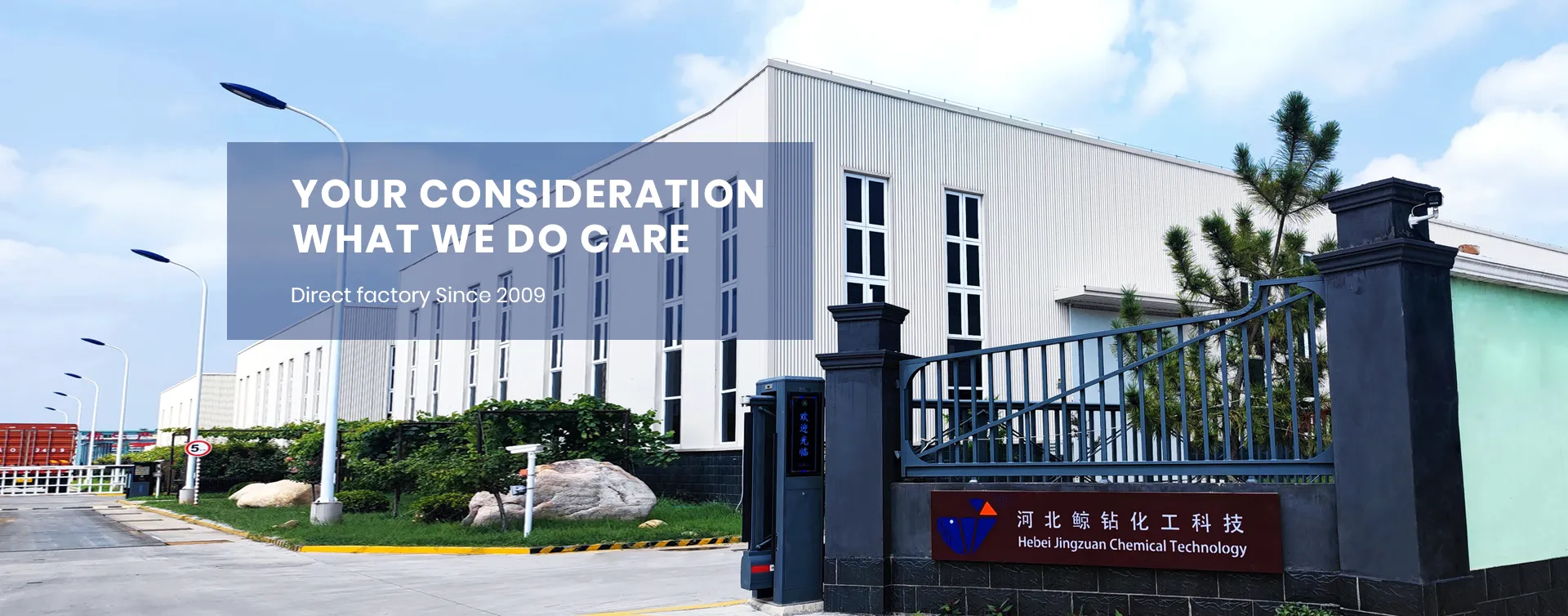
Nov . 18, 2024 20:24 Back to list
HPMC Applications in Gypsum Plaster Formulation and Performance Enhancement Techniques
HPMC for Gypsum Plaster A Comprehensive Overview
Hydroxypropyl Methylcellulose (HPMC) is a versatile cellulose ether widely used in various construction materials, particularly in gypsum plaster. Its unique properties and performance enhancements make it an essential additive in modern building applications. This article delves into the role of HPMC in gypsum plaster, highlighting its benefits, characteristics, and applications.
Understanding HPMC
HPMC is a non-ionic, water-soluble polymer derived from cellulose, a natural polymer obtained from plant fibers. Its modification process introduces hydroxypropyl and methyl groups to the cellulose structure, which enhances its solubility in water and increases its viscosity. This versatile compound is used across diverse industries, including pharmaceuticals, food, and construction, due to its rheological control, thermal stability, and film-forming abilities.
Benefits of HPMC in Gypsum Plaster
1. Enhanced Workability One of the foremost advantages of incorporating HPMC in gypsum plaster is its capacity to improve workability. By increasing the viscosity and water retention, HPMC allows for better adhesion and easy application, making it easier for workers to spread and finish the plaster.
2. Extended Open Time HPMC significantly increases the open time of gypsum plaster, allowing builders to apply and manipulate the material without the fear of quick setting. This property is crucial for ensuring that the plaster can be adjusted and smoothed during application, especially in large areas or intricate designs.
3. Improved Water Retention Gypsum plaster typically requires water to achieve a smooth finish and optimal adhesion. HPMC's excellent water-retaining ability prevents premature drying and cracking, ensuring a consistent and even surface. This characteristic is particularly important in hot or dry environments, where materials tend to lose moisture rapidly.
4. Crack Resistance The addition of HPMC to gypsum plaster contributes to its flexibility and durability, reducing the likelihood of cracks forming during the drying process. This improved crack resistance extends the lifespan of the plastered surface, maintaining aesthetic appeal and structural integrity.
hpmc for gypsum plaster

5. Low Shrinkage HPMC-modified gypsum plaster demonstrates reduced shrinkage during drying, which further minimizes the risk of surface defects. This attribute is vital for ensuring that the finished surface is smooth and even.
Applications of HPMC in Gypsum Plaster
HPMC-modified gypsum plaster finds applications in various construction scenarios, including
- Interior Wall Finishes Its exceptional smoothness and finish make it ideal for internal wall coverings, providing surfaces that are ready for paint or wallpaper.
- Ceiling Applications HPMC enhances the adherence of plaster to ceilings, ensuring that it remains in place while achieving a high-quality finish.
- Repair and Renovation In restoration projects, HPMC can be incorporated into repair blends, allowing for seamless integration with existing plaster while ensuring that the new materials adhere effectively.
Conclusion
HPMC is proving to be a game-changer in the use of gypsum plaster in construction projects. Its ability to enhance workability, extend open time, improve water retention, resist cracking, and reduce shrinkage significantly boosts the performance of gypsum plaster. As the construction industry continues to evolve, the adoption of innovative additives like HPMC will likely play a key role in improving application processes, reducing material waste, and delivering high-quality finishes. For contractors and builders seeking efficient and durable solutions, incorporating HPMC in gypsum plaster is a strategic choice that promises excellent results.
-
Versatile Hpmc Uses in Different Industries
NewsJun.19,2025
-
Redispersible Powder's Role in Enhancing Durability of Construction Products
NewsJun.19,2025
-
Hydroxyethyl Cellulose Applications Driving Green Industrial Processes
NewsJun.19,2025
-
Exploring Different Redispersible Polymer Powder
NewsJun.19,2025
-
Choosing the Right Mortar Bonding Agent
NewsJun.19,2025
-
Applications and Significance of China Hpmc in Modern Industries
NewsJun.19,2025







